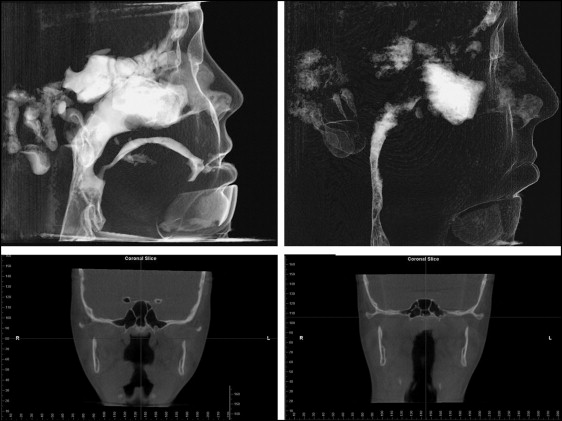I was rather taken aback to read an article in the September 2014 issue that used cone-beam computed tomography (CBCT) to measure airway changes in subjects with obstructive sleep apnea. There is a huge fundamental flaw in this study: CBCT volumetric analyses are not of value in assessing functional airways. The problem is that they are static and can vary widely within the same patient from 1 day to the next, and from 1 moment to the next.
The authors cite 2 studies (4 and 11 years old) as validating their experimental design. These are core to the entire premise of this study, and unless they are absolutely rock solid, then this study rests on very thin ice. Well, the ice is thin indeed. A recent systematic review stated in its conclusion, “The literature lacks proper scientific justification of a solid and optimized CBCT protocol for airway imaging.” I have made similar observations in my own patients when analyzing them over 6 years of CBCT use, and colleagues actively engaged in this area of research have made similar comments.
As a case in point, see the CBCT images of a young patient taken at 11 years and then at 12 years of age ( Fig ). The volume when the patient is 12 appears substantially smaller than at 11, and he even had a tonsillectomy in the interim! This is a perfect example of how a CBCT volumetric analysis could not provide any conclusive information.





